The "Viking" Inception of the Rurik Dynasty. A clan of Germanic people from what is most probably modern-day Scandinavia were brought in to lord over their Slavic subjects, the people of Rus.
The kingdom of Kievan Rus initially formed the epicenter of Slavic civilization. Even today, many Russians conceive of Kiev as the cradle of Russian civilization - and their national birthright. But along with the various other kingdoms and principalities of Rus, Kievan Rus could not withstand the Mongol onslought. Beginning with the Battle of the Kalka River in 1223, the Mongol hordes claimed a series of decisive victories over the principalities of Rus. By 1240, and following the death of Ogedei Khan, all the Rus principalities were forced to submit to Mongol domination. Nominally, the Rus became subjects of the empire of the Golden Horde (alternatively, Kipchak Khanate or the Ulus of Jochi). In practice, they became tributaries and vassals of the Golden Horde until the mid-late 15th century.
The Golden Horde began to experience internal political strife beginning in 1359 known as the "Great Troubles" (1359-1381). Still, it was during the period between 1420-1480 that the Khanate of the Golden Horde began to disintegrate in full force. The Golden Horde broke up into separate, rival khanates during this period:
Still, it would not be until the "Great Stand on the Ugra River" (1480) that the people of Rus would completely rid itself of the so-called "Tatar Yoke." The routing of the Great Horde further cemented the Grand Principality of Muscovy's status as both a liberator and the sole hegemon in the realm of the Rus.
Ivan III was able to triple the territory of Muscovy by dominating the other Rurikid principalities through conquest and coercion. The mercantilist Novgorod Republic (the largest rival in the Rus lands by far) was annexed in 1478 and the Grand Duchy of Tver was similarly annexed in 1485. Meanwhile, Ivan III inherited the Principality of Ryazan and the princes of Rostov and Yaroslavl' subordinated themselves to Muscovy's hegemony soon thereafter.
Here is a relatively short, introductory video that gives a cursory review of Russian history from the inception of the Rurik Dynasty to the October Revolution:
Here is a longer video that primarily relies on commentary from historians (albeit mostly Anglo-American) of Russia:

The Imperial Standard of the Russian Emperor.
.svg.png)
The Black and White Imperial Russian Flag.
The imperial part of Russian history was one of continued consolidation and expansion. It was marked by powerful Emperors and Empresses who variably enacted Western-style reform or opted for reactionary measures.
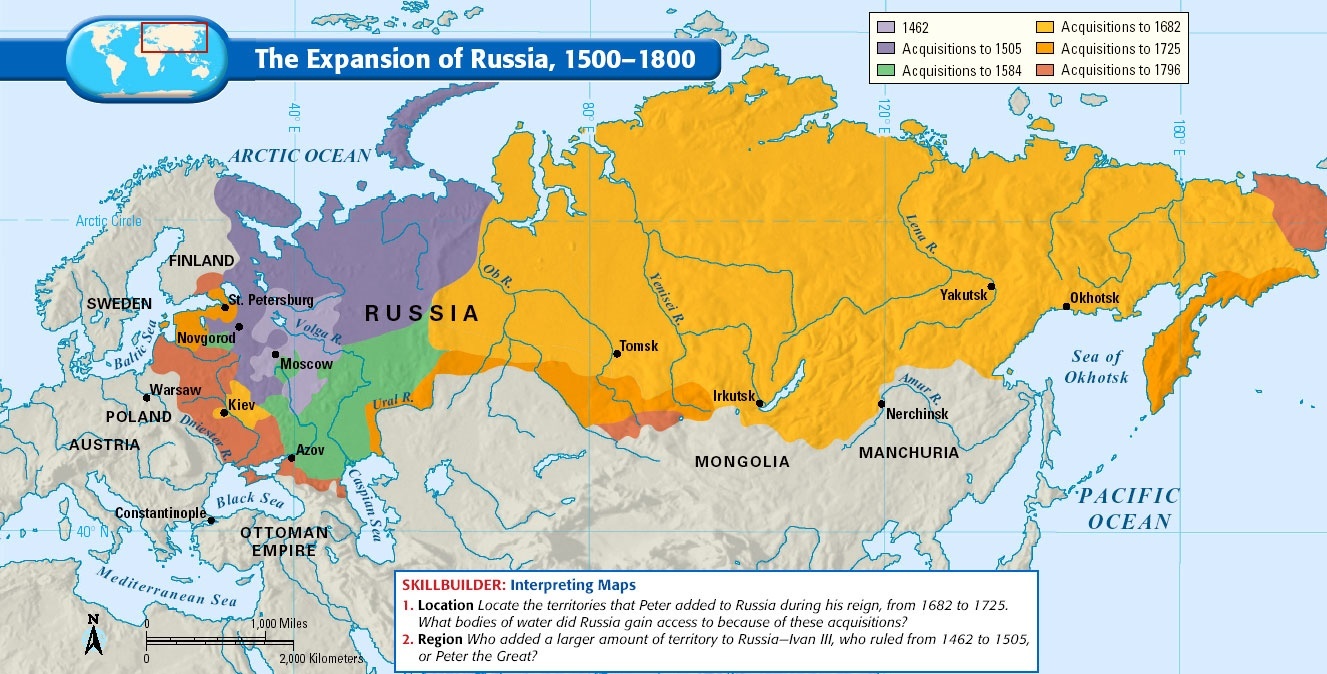
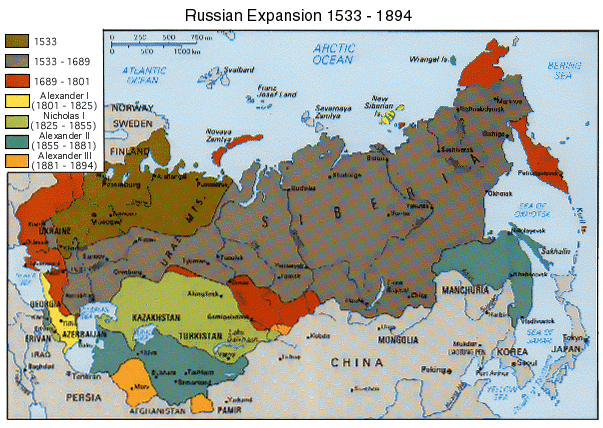
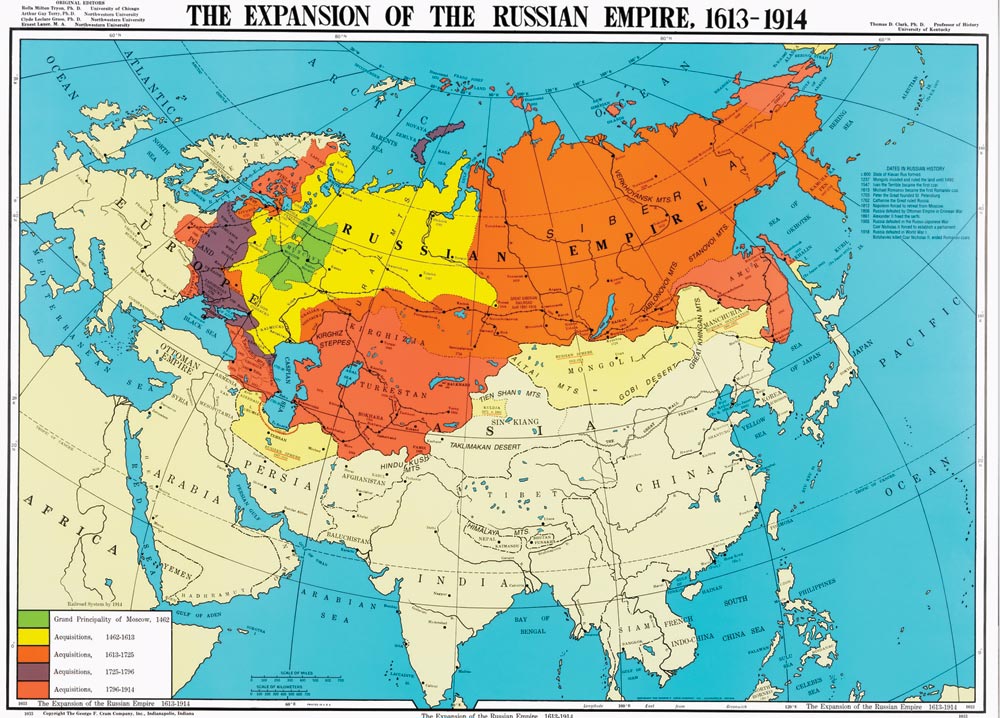

.jpg)
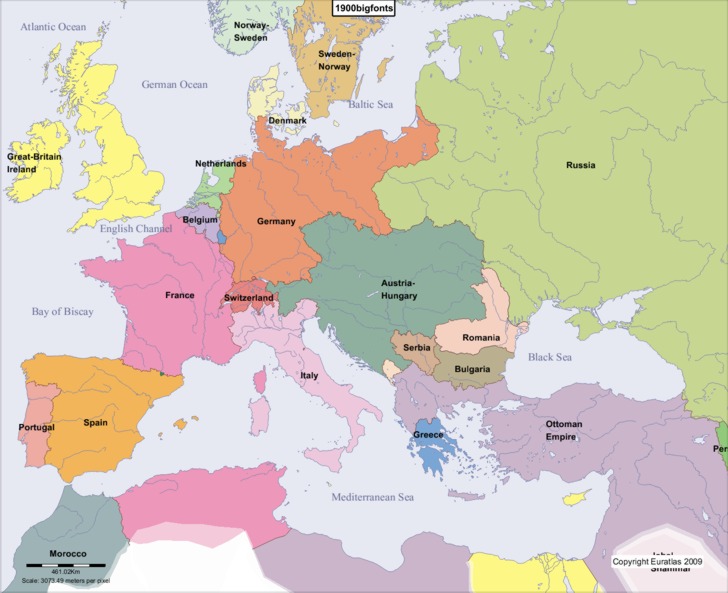
| Rank | Language | # Speakers |
|---|---|---|
| 1 | Russian | 55,667,469 |
| 2 | Ukrainian | 22,380,551 |
| 3 | Turkic-Tatar | 13,373,867 |
| 4 | Polish | 7,931,307 |
| 5 | Belarusian | 5,885,547 |
| 6 | Yiddish | 5,063,156 |
| 7 | Finnic lnaguages | 3.502,147 |
| 8 | German | 1,790,489 |
| 9 | Latvian | 1,435,937 |
| 10 | Kartvelian languages | 1,352,535 |
| 11 | Lithuanian | 1,210,510 |
| 12 | Armenian | 1,173,096 |
| 13 | Moldavian and Romanian | 1,121,669 |
| 14 | Dagestani languages | 1,091,782 |
| 15 | Samogitan | 448,022 |
| 16 | Tajik | 350,397 |
| 17 | Greek | 186,925 |
| 18 | Bulgarian | 172,659 |
The Russian Civil War was one of the most complex, multi-party battle royales in modern history. The war pitted a hodgepodge of internal factions against one another. Further, outside interference came abundantly in the form of the Allied intervention. Alliances of convenience were formed and renged, and factions and sub-factions switched sides repeatedly. The core of the conflict was dominated by the Bolshevik Red Army and their primary adversary: the White Army. The Bolshevik's center of power was based squarely in the densely populated urban cores of St. Petersburg (alternatively, Petrograd/ Leningrad) and Moscow. Meanwhile, the White Army was based in the western, southern, and eastern peripheries of the Russian Empire. The Russian Civil War had hardly occurred in isolation; during the same period, the subjugated minority nationalities of the erstwhile Russian Empire rose up to seize their independence by force. By the end of the war in 1922, Poland, Finland, Lithuania, Latvia, and Estonia had all claimed (or re-claimed) their independence.
Vladimiar Ilich Ulanov was the leader of Bolshevik Party and the ideological and political founder of the Soviet Union. He envisioned a worldwide revolution of the working class proletariat. Crucially, the Bolshevik October Revolution was enabled by the Germans' sponsorship of Lenin.
Sean McMeekin: Was Lenin a Geran agent?More on Lenin at the History Channel's website:
Vladimir Lenin Bio
Lenin's Soviet Union was a shell of its tsarist predecessor. The nascent Soviet Union had lost enormous chunks of territory on its western flank in the midst of concurrent conflicts. Apart from the newly independent states of Finland, Poland, and the Baltic trio, Romania had reclaimed Bessarabia/ Moldavia to form Greater Romania. Moreover, Poland had managed to seize much of western Ukraine (essentially former Austro-Hungarian Galicia) and Belarus. Still, the Soviets needed time to recuperate and consolidate power internally to have any chance of fighting another day..
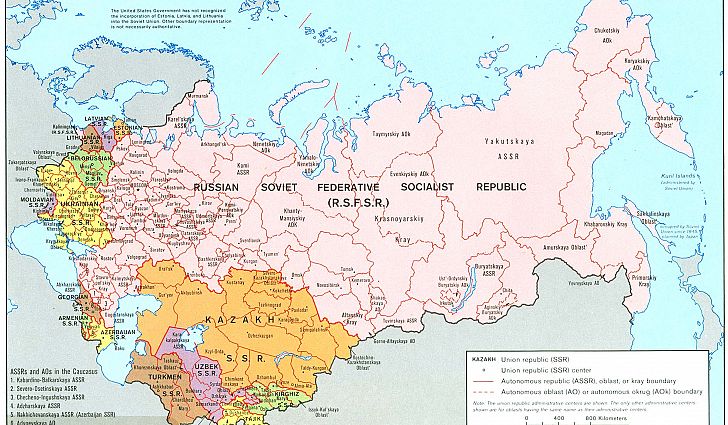
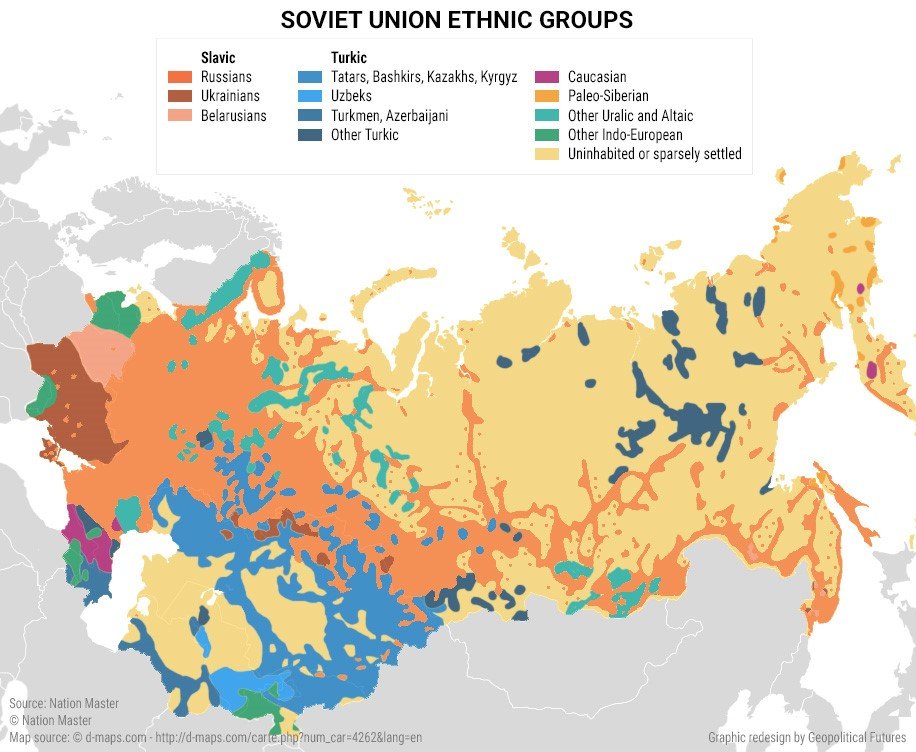
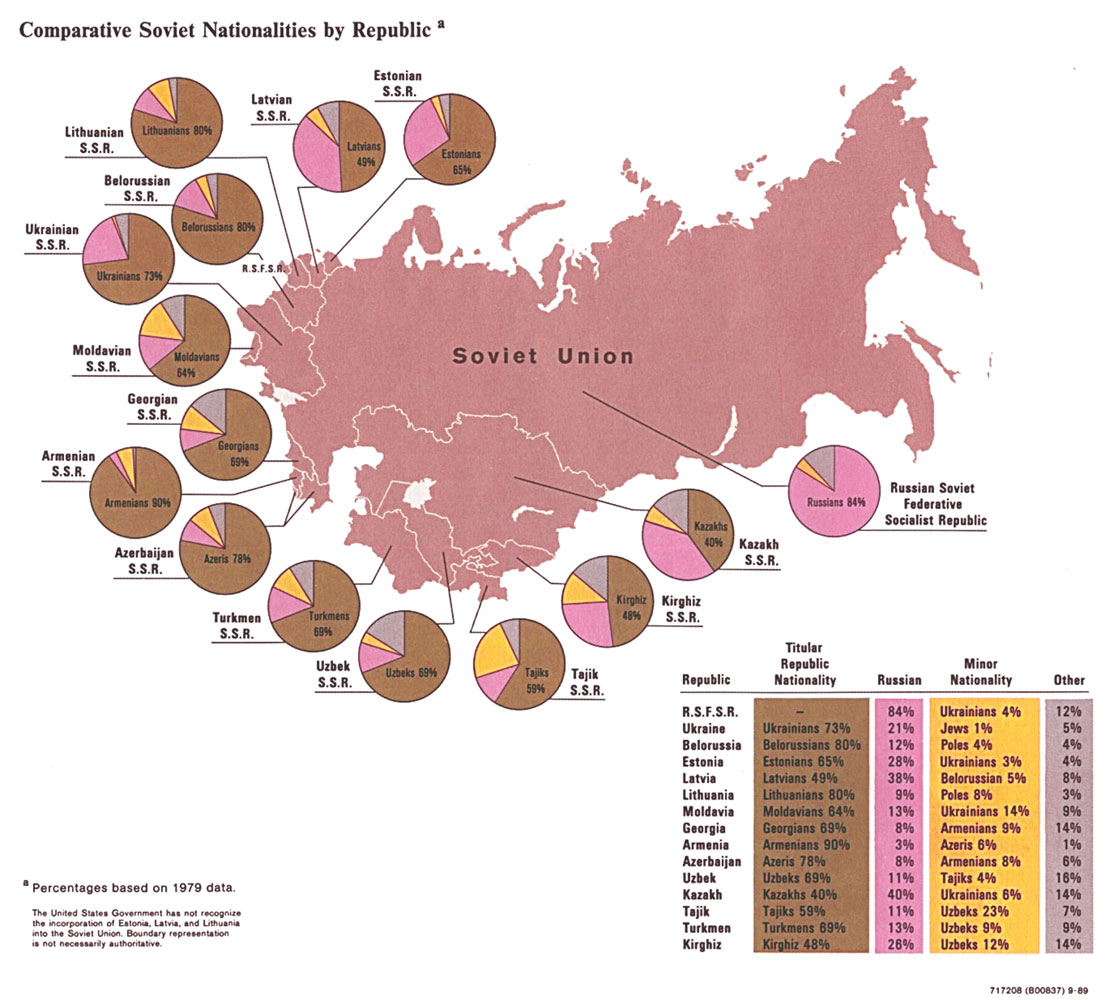

The Soviet Union was the 3rd largest continugous empire in world history, coming in right behind its imperial predecessor.
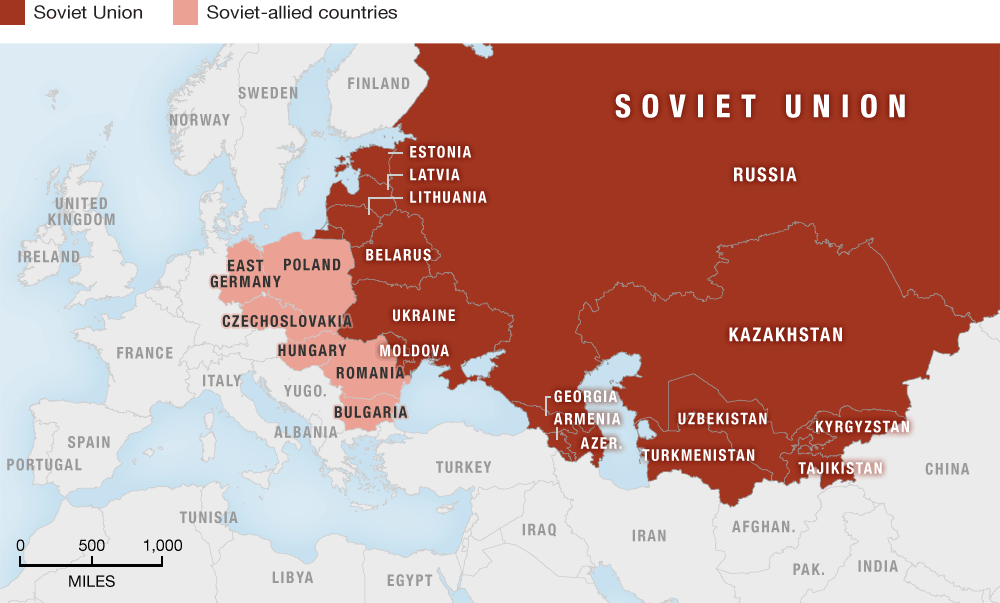
Above is the Soviet Union as well as the constituent states of the Warsaw Pact. The East-Central European states of the Warsaw Pact were all totalitarian states led by their respective Socialist Parties. The western borders of the Warsaw Pact marks the so-called "Iron Curtain." It would not be until the fall of the DDR (East Germany) that the repressive veil of the Iron Curtain would be lifted from the face of Europe.
The members of the Warsaw Pact:
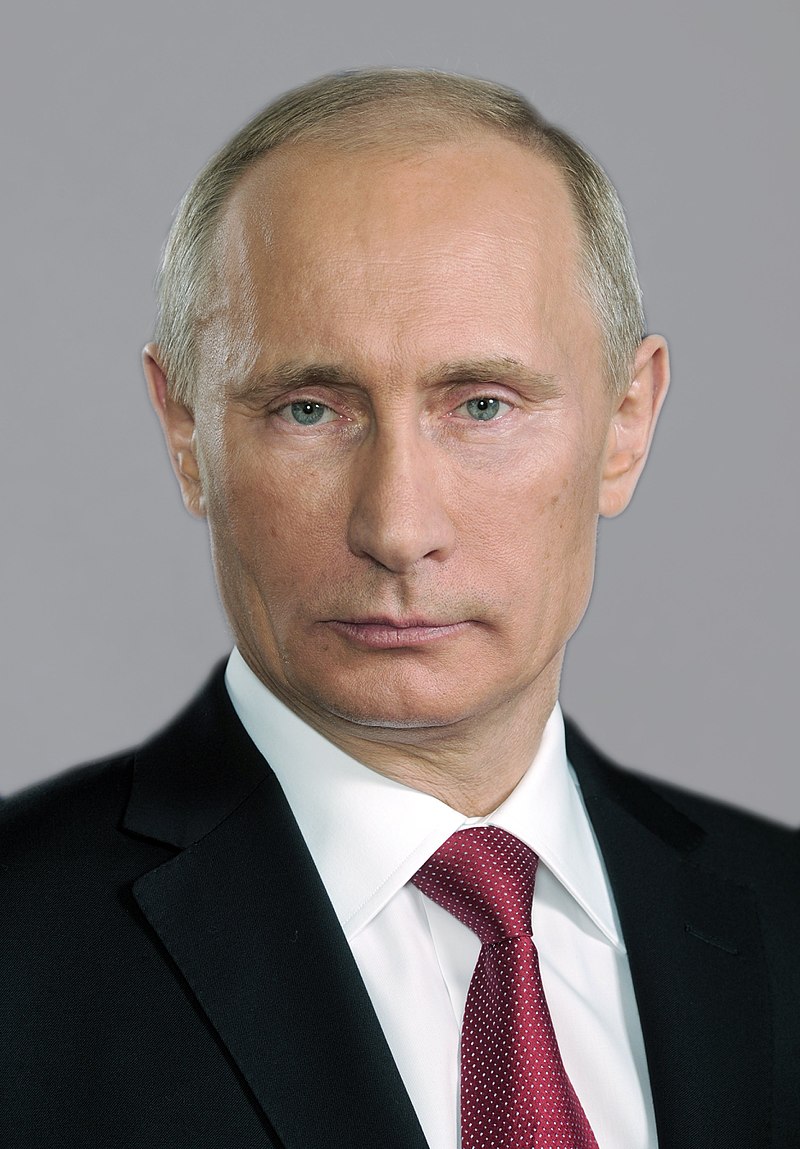
Vladimir V. Putin has been ruling Russia (shuffling between the offices of President and Prime Minister for the sake of ostensible constitutionality) for over 17 years. On March 18, 2018, he won re-election as President with 76% of the vote (turnout was over 60%). Putin is already the longest-running ruler of Russia since Stalin. Increasingly, he is also cementing his place in Russian history as Russia's most powerful - and consequential - ruler since Stalin himself.
The newly sovereign Russian state was a vastly truncated shell of its former Soviet and Tsarist predecessors. The dissolution of the USSR stripped Russia of much of its western and southern territories.

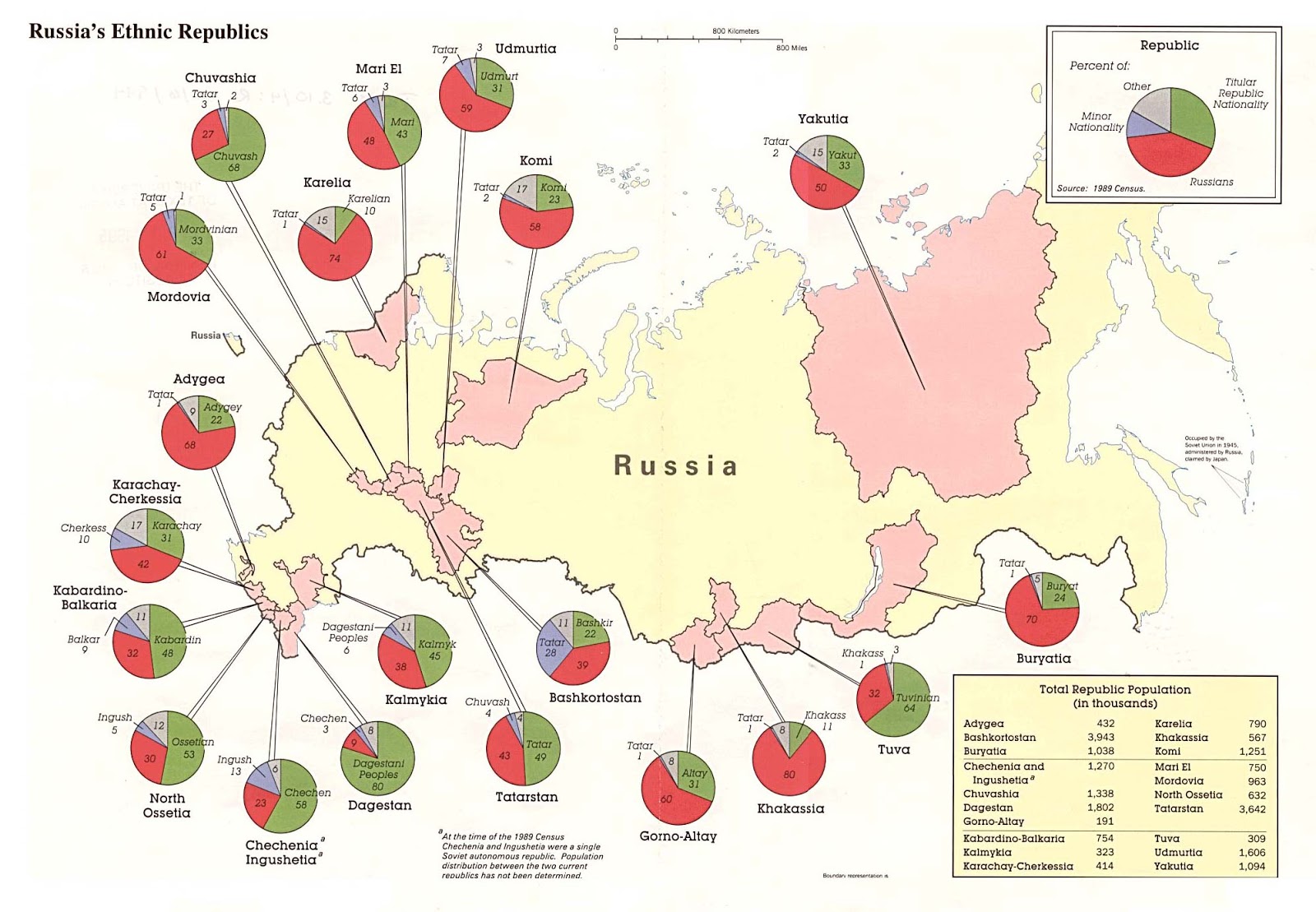
Even after the dissolution of the USSR, the Russian Federation remains easily the largest country the world. Moreover, in spite of losing all the other 14 major constituent nations of the Soviet Union, Russia remains one of the most ethnically diverse countries in the world, being composed of 185 nationalities.
The newly conceived Russian Federation was the obvious successor state to the Soviet Union. This meant that it inherited the massive debts and liabilities of the USSR. To help guide the nascent Russian Federation through the process of market reform and privatization, the IMF, in tandem with various Western powers, forgave enormous amounts of debt and offered various other financial advice through both public and private institutions. Notwithstanding Western assistance, however, the Russian economy entered into free fall. Between 1990 and 1995, Russian GDP collapse by an estimated 50% (exceeding the shrinkage that the US economy experienced during the Great Depression. Inflation and poverty soared as the Russian life expectancy dramatically declined. The 1998 Russian financial crisis (alternatively called the Ruble crisis or the Russian Flu) exacerbated these conditions, and the Russian government defaulted on its debt. In part, the Russian people attribute the economic turmoil of the 1990's to "bad financial advice" from the US and the IMF - a sort of a betrayal by the West, which had ostensibly promised prosperity by way of liberalizing reforms. In any case, the extreme economic hardship of the 1990s have left a lasting scar on the Russian collective memory.
Meanwhile, an emergent class of well-connected entrepreneurs - called the oligarchs - exploited the chaotic state of affairs and leveraged their connections to corrupt, albeit democratically elected officials, to amass multi-billion dollar fortunes. The rise of the oligarchs was enabled by a two-step process whereby the disintegrating Soviet state left the ownership of state assets contested, thereby allowing for informal deals with former USSR officials as a means to acquire state property. Then, the voucher-privatization programs of the Russian Federation enabled many young enterprising men to arbitrage the enormous differences between old domestic prices for Russian commodities (such as gas and oil) and the prevailing world market prices. The ranks of the oligarchs also include many relatives and close associates of government officials (sometimes the goverment officials themsleves), as well as criminal bosses, who acquired state assets very cheaply during the privatization process overseen by the Yetlsin government (1991-1999).
Russian "democracy" under Putin has variously been called a "managed democracy," a "sovereign democracy," a kleptocracy, and an authoritarian dictatorship. Largely speaking, Western observers and NGO's do not acknowledge Russian elections to be "free and fair." There is no freedom of the press in Putin's Russia. In fact, many of the liberal reforms - in the political sphere - have been overturned as Putin moved to consolidate power and restore order. Critics of the Kremlin are variably intimidated, imprisoned, and even assassinated.
See: The Assassination of Russian investigative journalist Anna Politskovskaya
See: The Assassination of Opposition leader Boris Nemtsov
10 critics of Vladimir Putin who died violently or in suspicious ways
The Russian economy recovered and grew at a rapid clip during Putin's first decade in office. And this, in turn, helped bring greater legitimacy and popularity to his leadership. In fact, between 2000~2008, the Russian economy easily averaged >5% annual GDP growth.
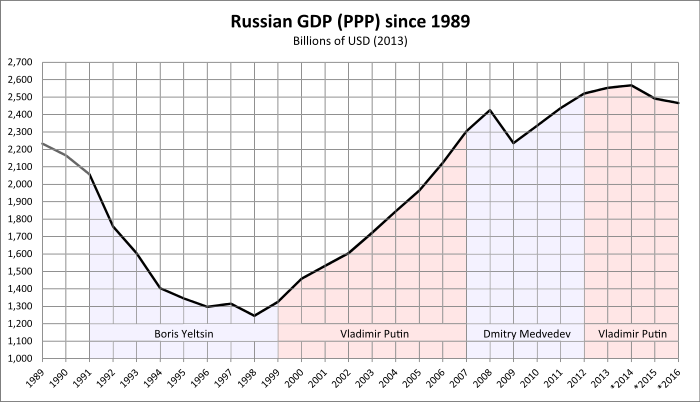
Under Putin, the Russian economy grew for 8 straight years until 2008 (the Global Financial Crisis). Moreover, the Russian economy grew by 72% in purchasing power (PPP) terms.

Putin was a mid-ranking KGB officer stationed in East Berlin during the latter years of the Cold War and the dissolution of the Soviet Union.
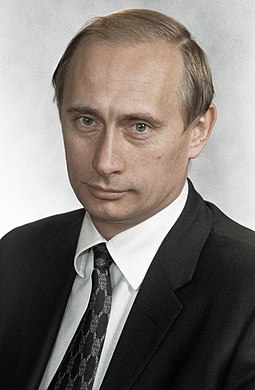
By the late 1990s he had climbed to the top of the FSB, the successor intelligence & counterintelligence organization to the KGB. Putin was groomed as a successor to Boris Yeltsin by both his close circle of family and associates, as well as by the intelligence services. The former group supported him in exchange for immunity from prosecution (the Yeltsin "family" was notoriously corrupt), while the latter saw him as a means of restoring order and stability to a Russia ravaged by decades of weakness and disarray.
Russia has been a leading propagator of fake news and "alternative media" that directly challenges the narratives often espoused by the "mainstream media" or "establishment media." The latter group would include large, established Western print and media outlets including The New York Times, Washington Post, CNN, MSNBC, CBS, etc.
They have also taken to spreading misinformation and sowing discord on social media platforms such as Facebook and Twitter by mobilizing armies of trolls on the Kremlin payroll.
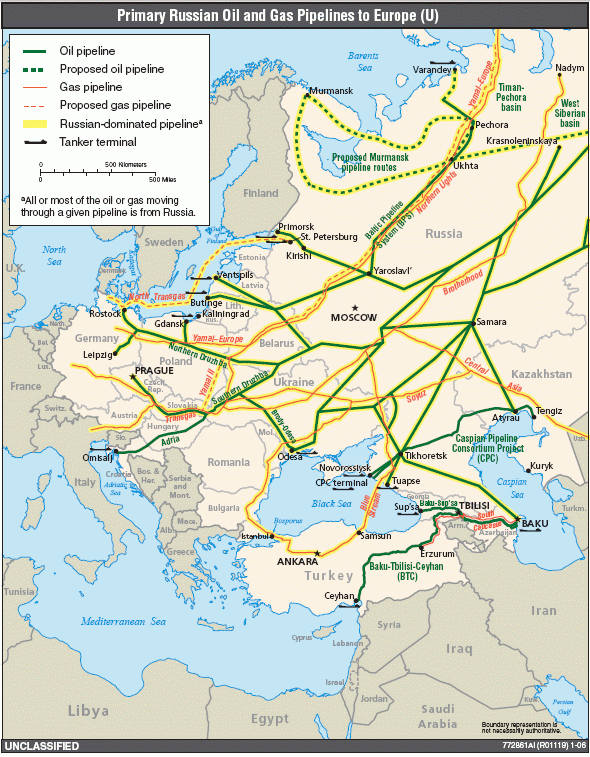
Russia is nicknamed the "Saudi Arabia of gas" due to its enormous reserves. Vladimir Putin's Russia has not hesitated in using natural gas exports to Europe as an instrument of statecraft. Given that Europe has traditionally depended on Russian exports to meet a tremendous portion of its energy needs (and almost all of its heating needs), European states have been variably susceptible to political blackmail and strong-arming by Russia. Still, various European states are increasingly looking for alternatives including US LNG and renewable energy.